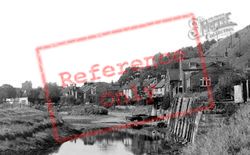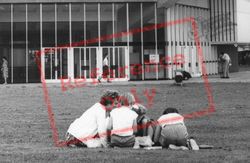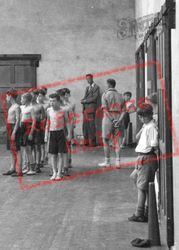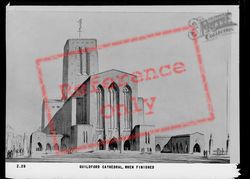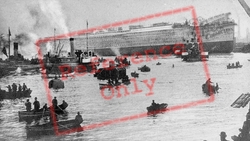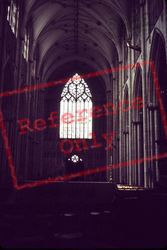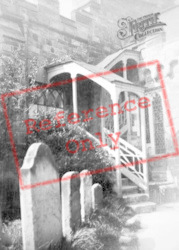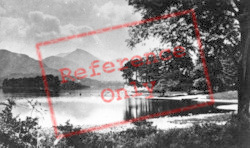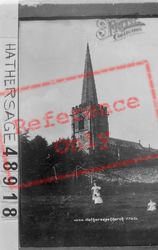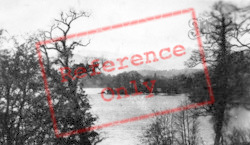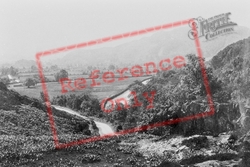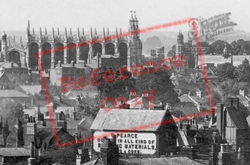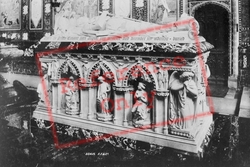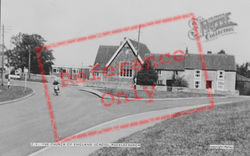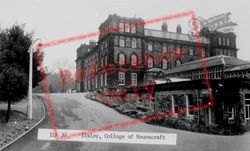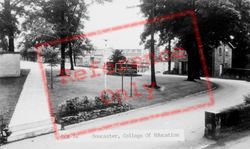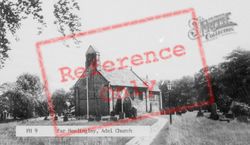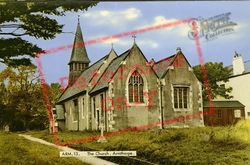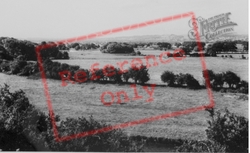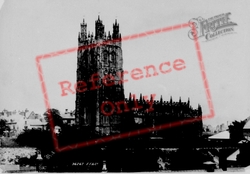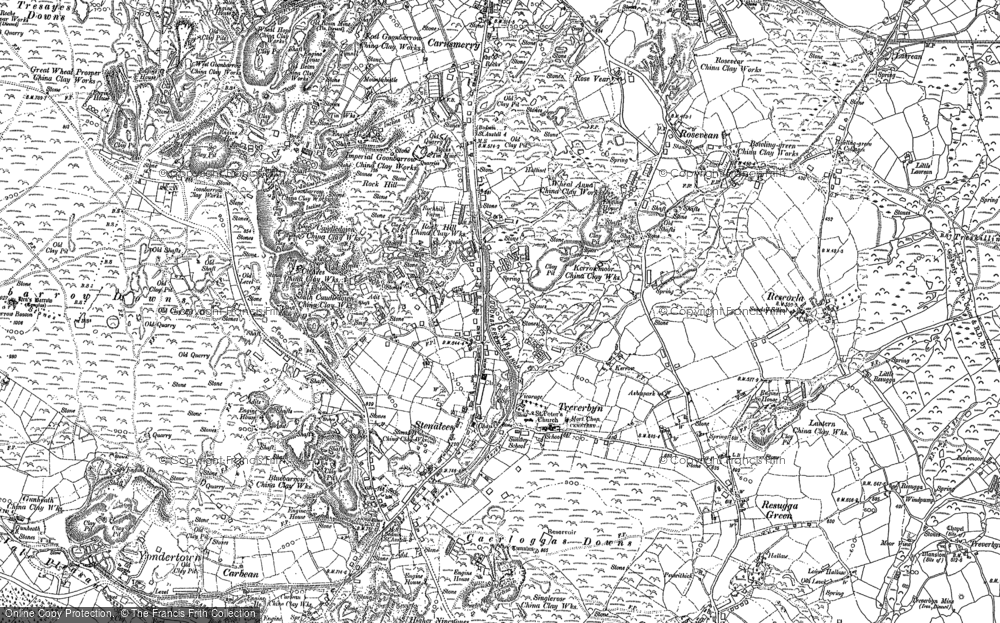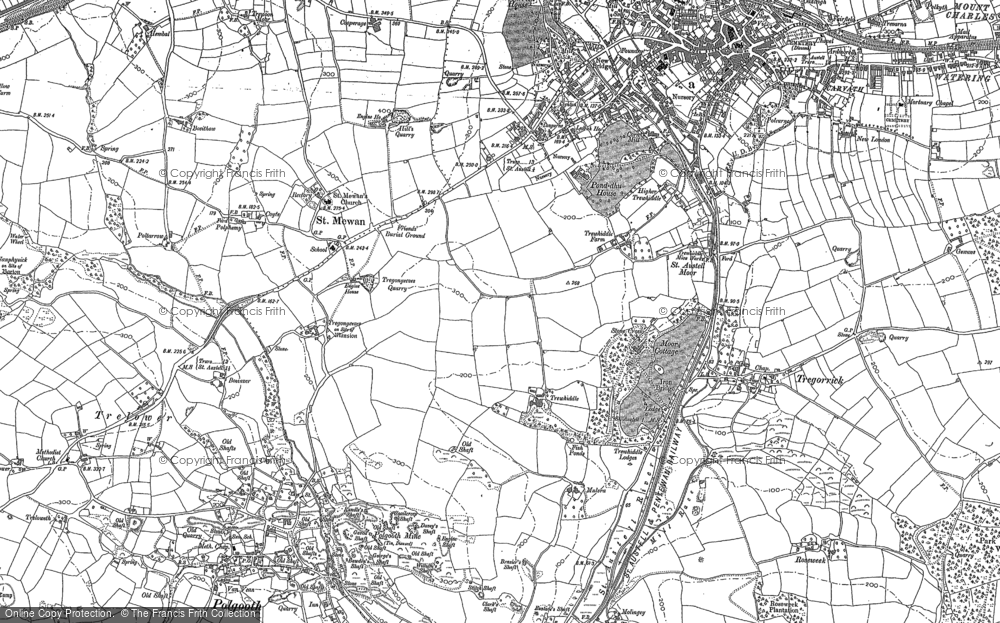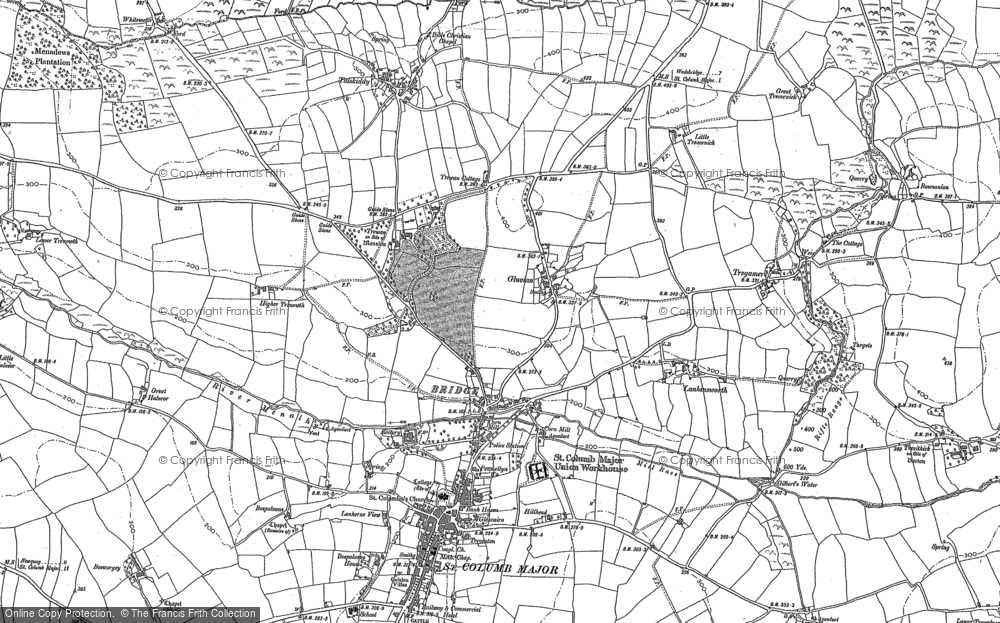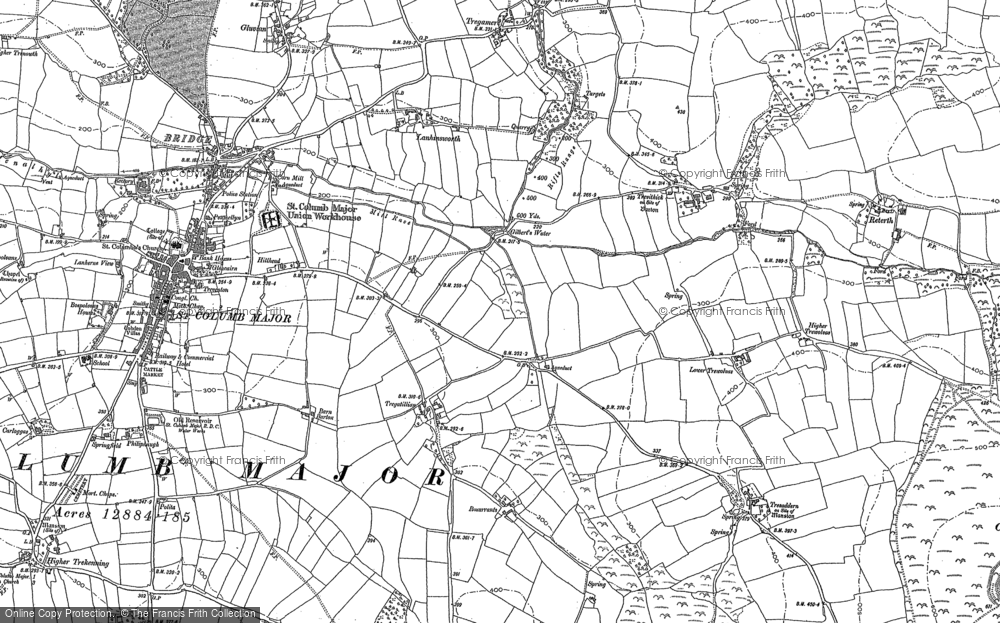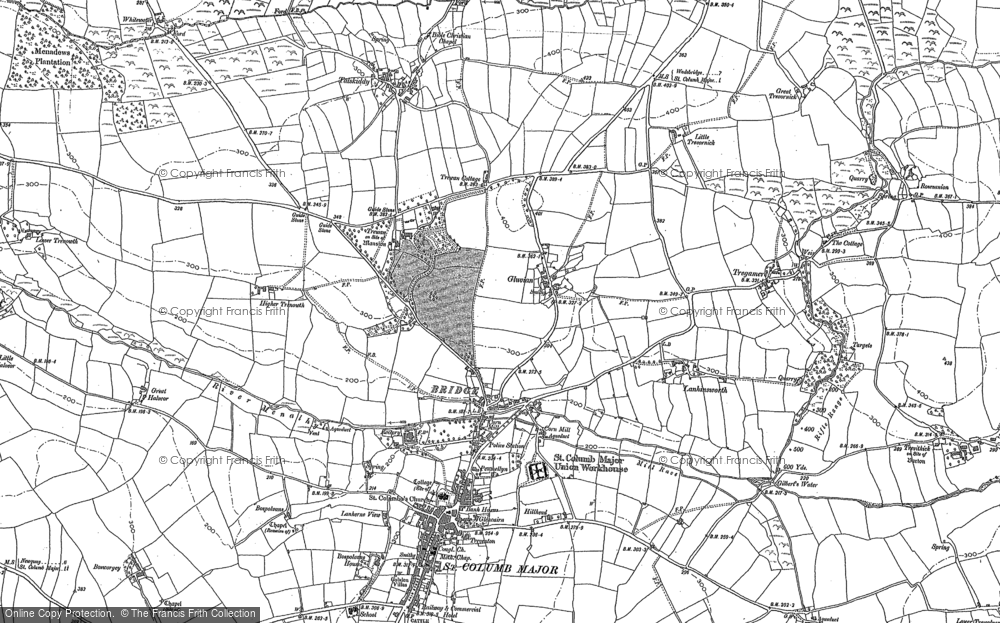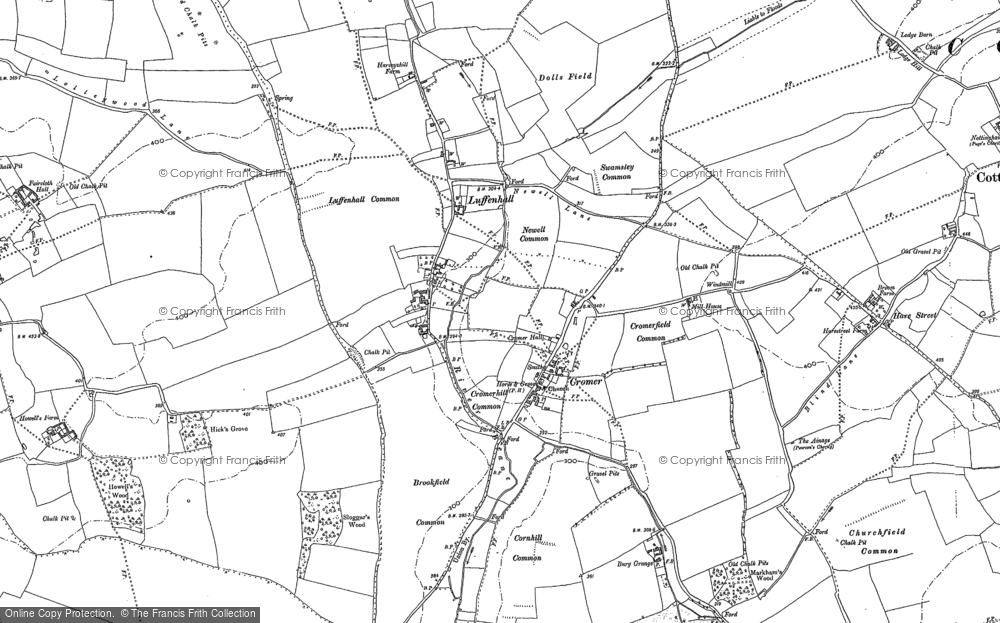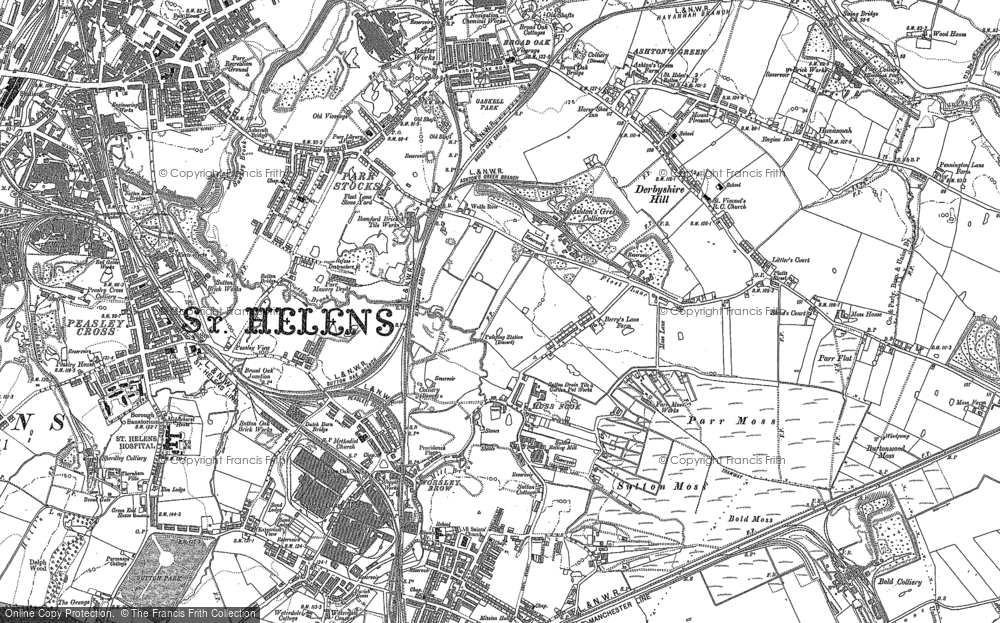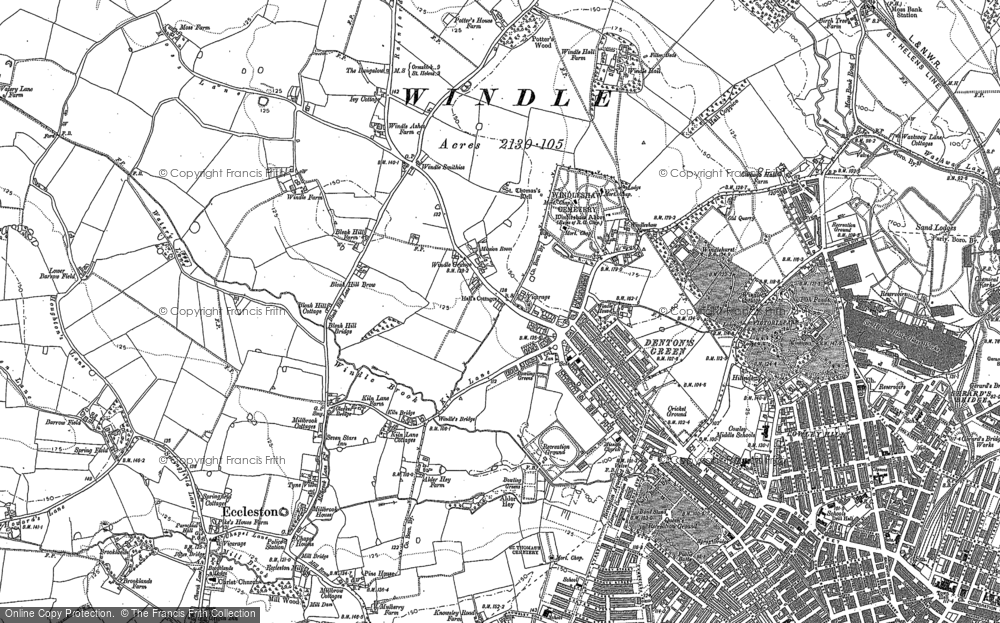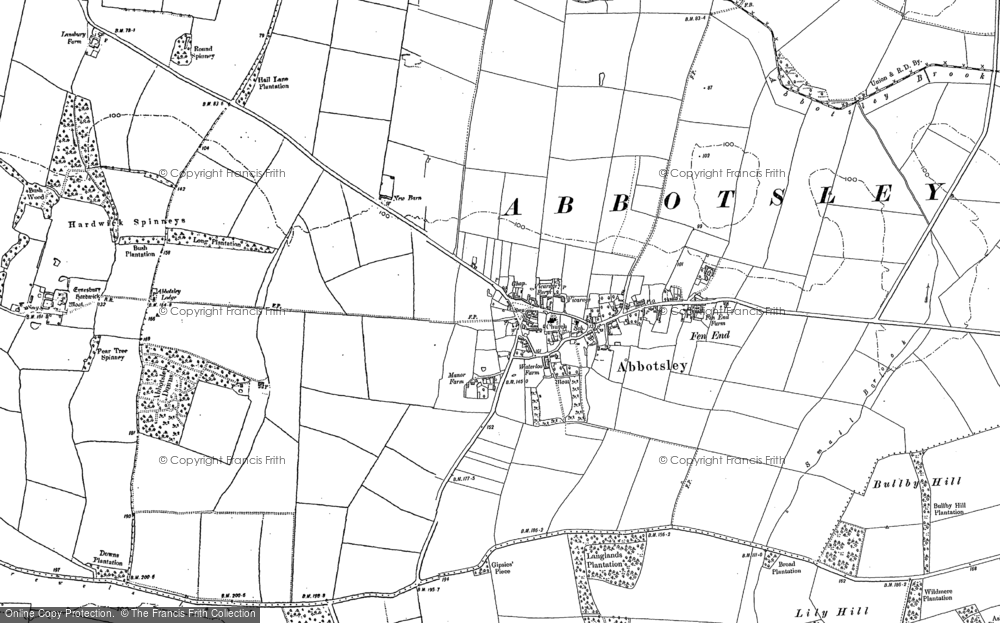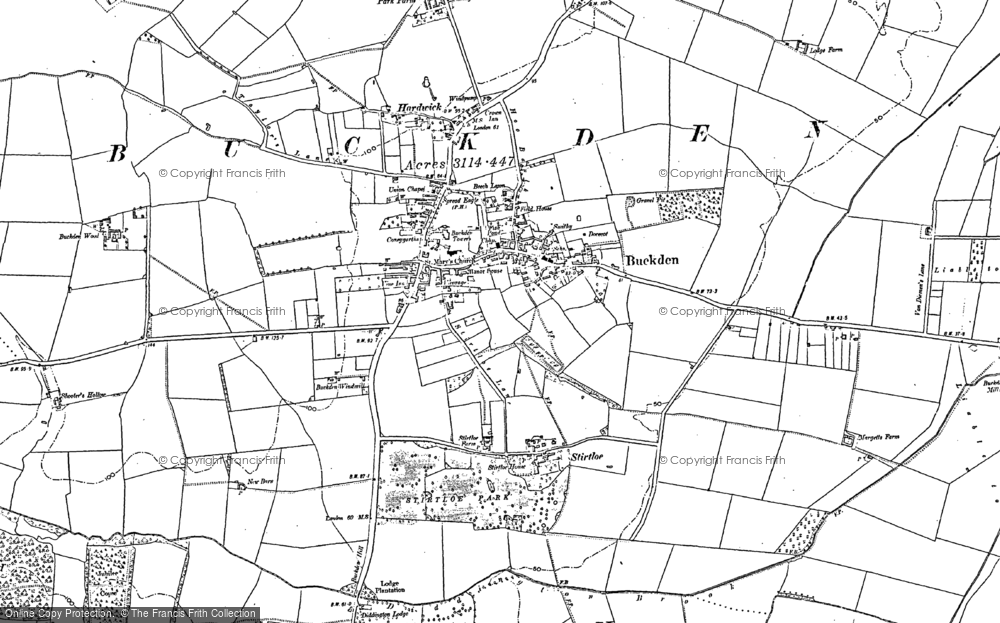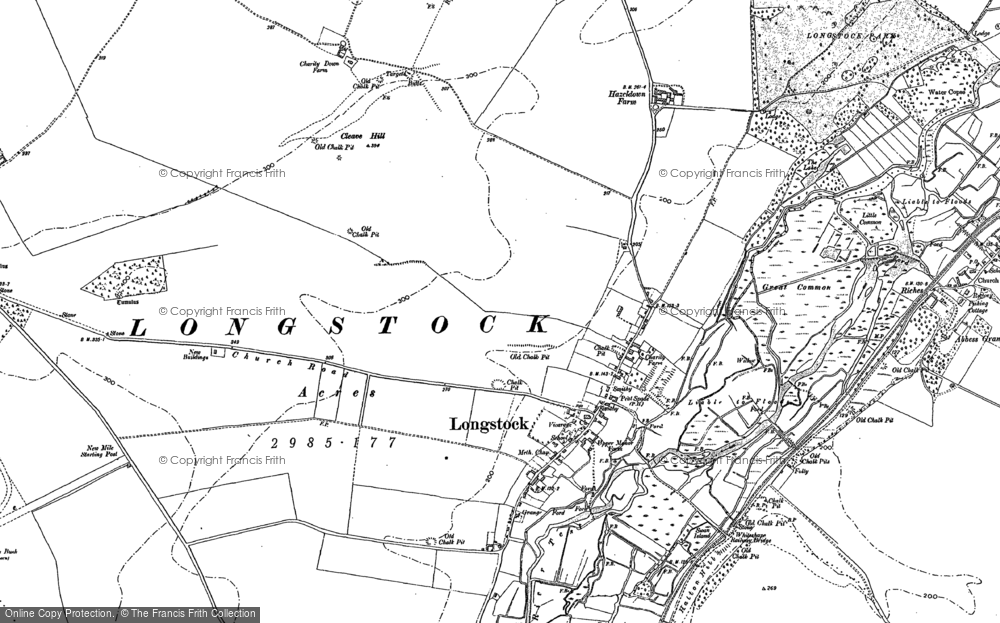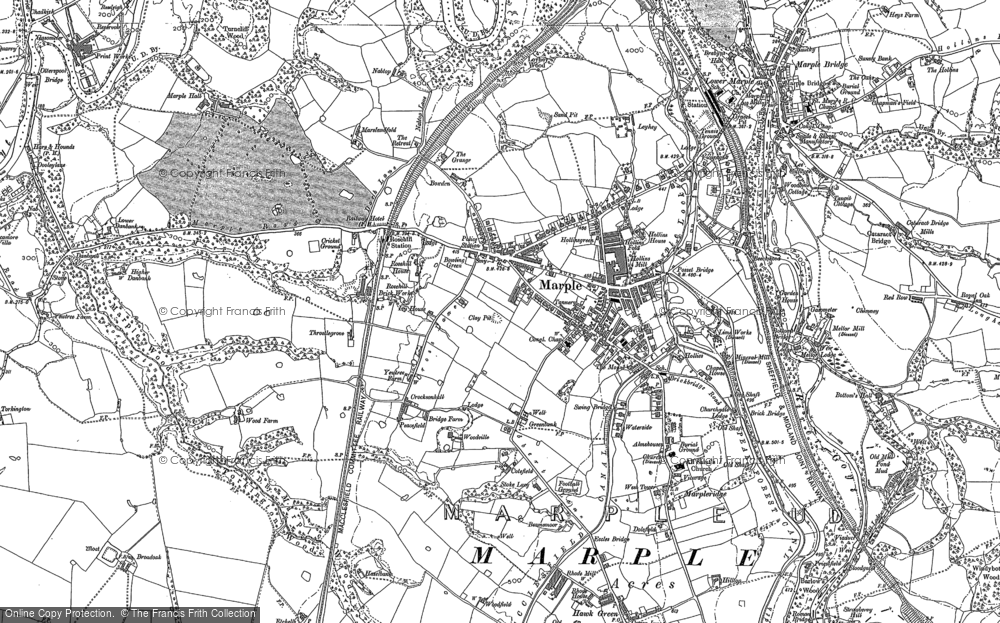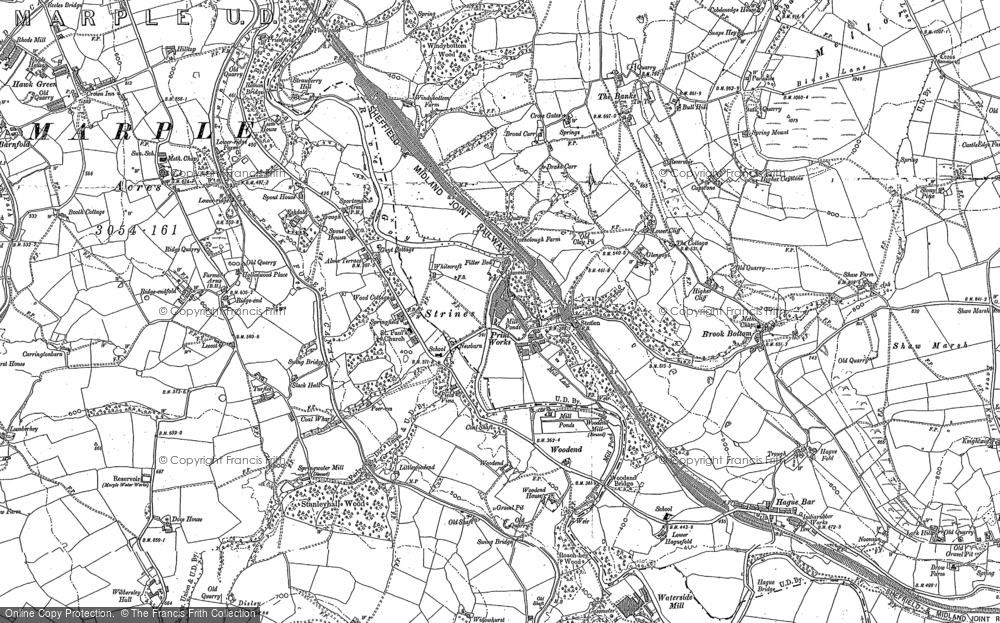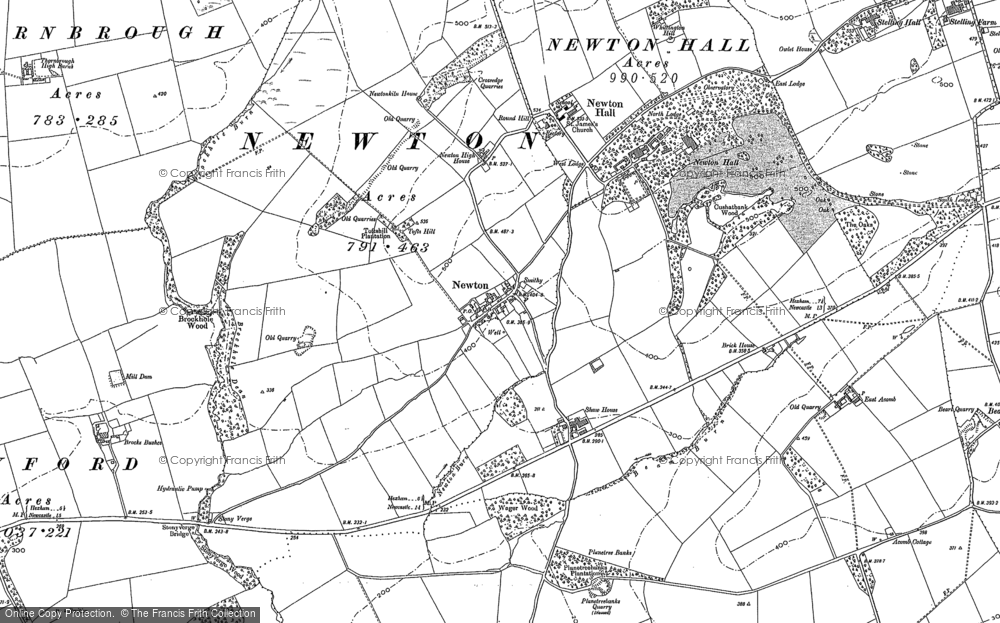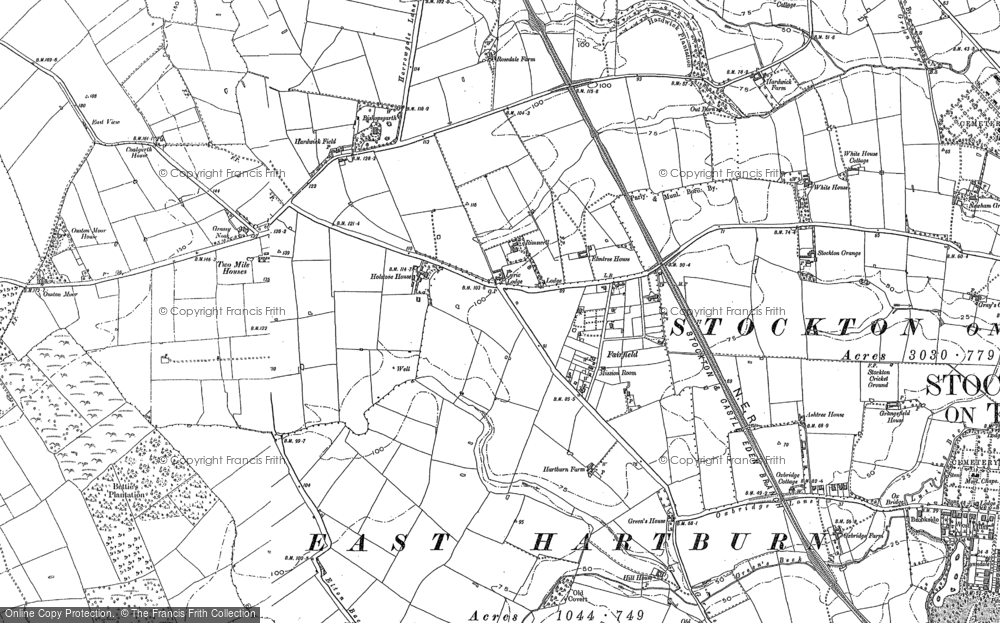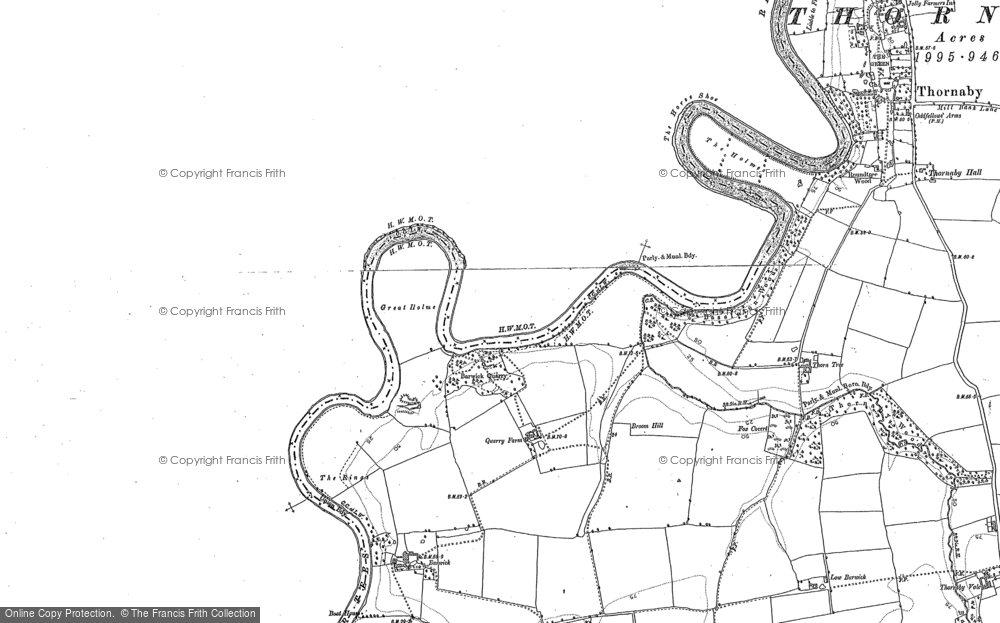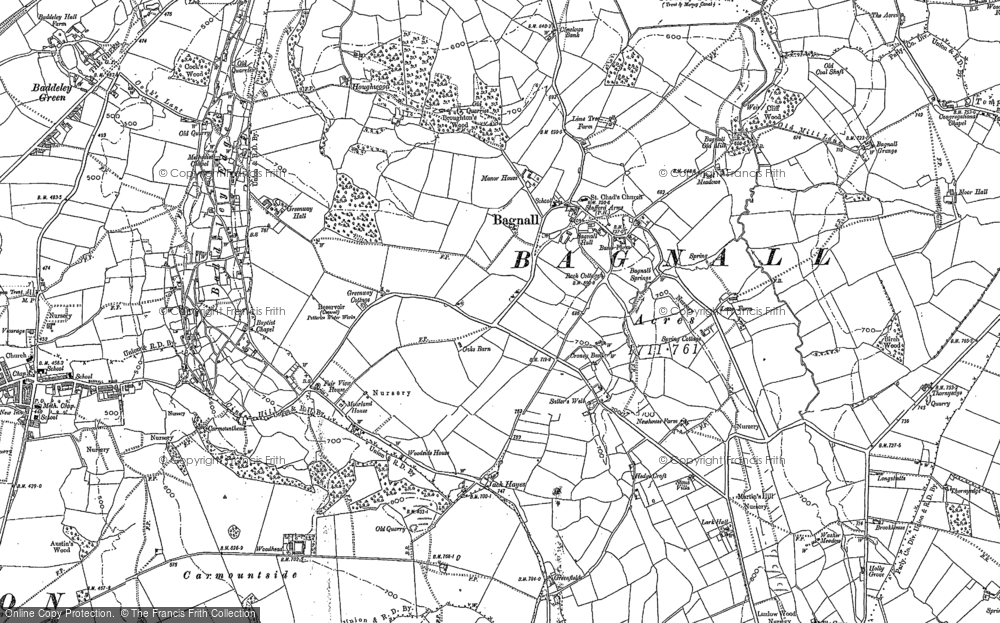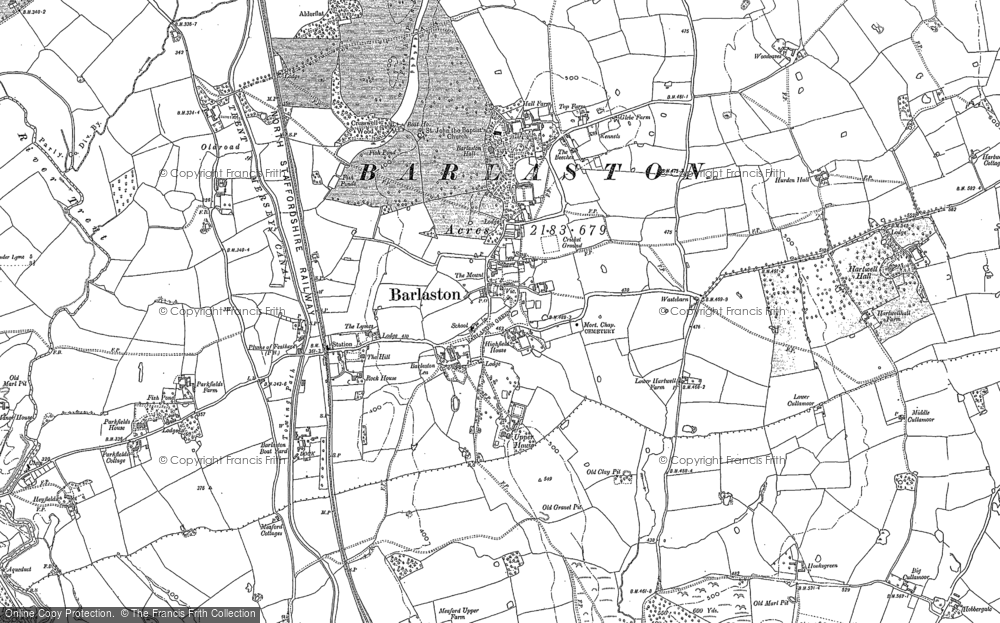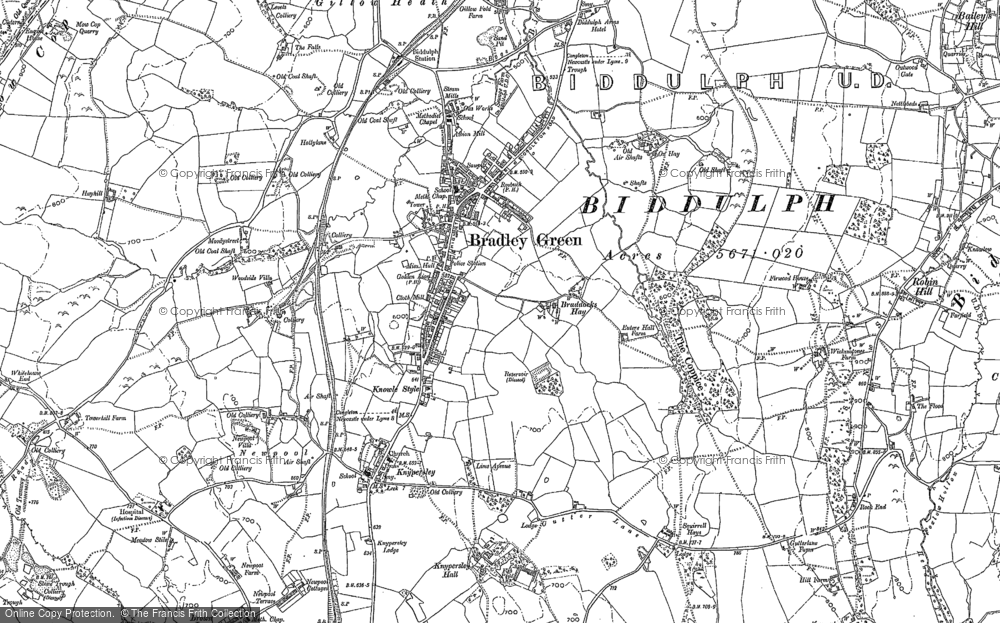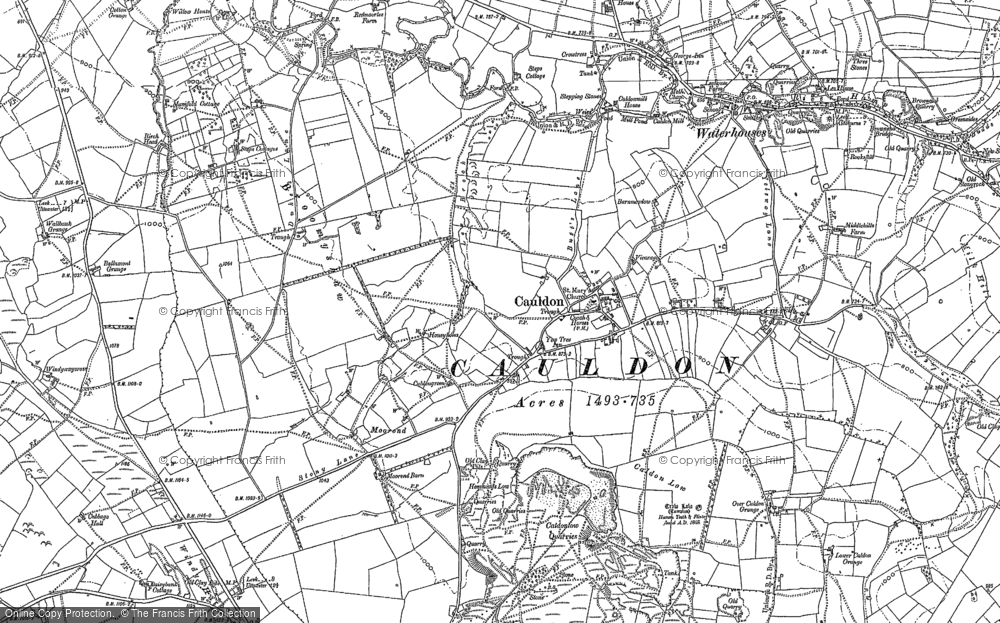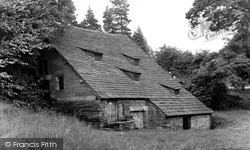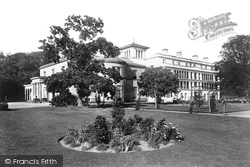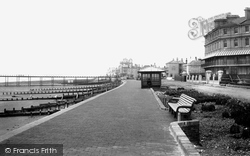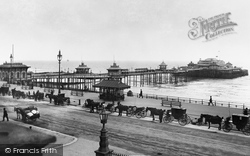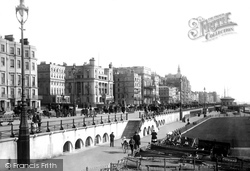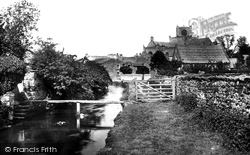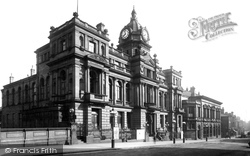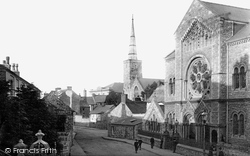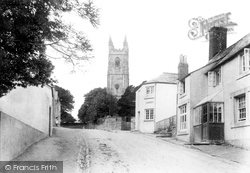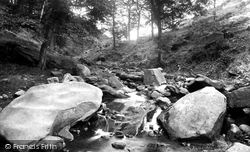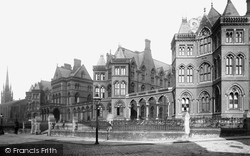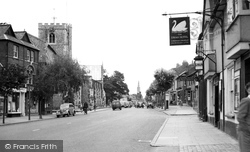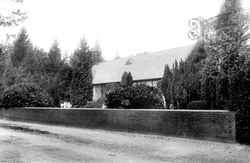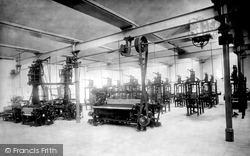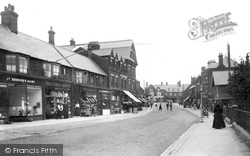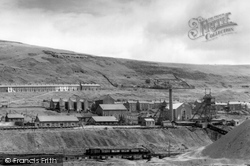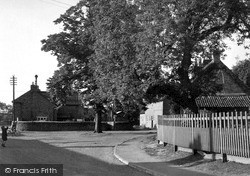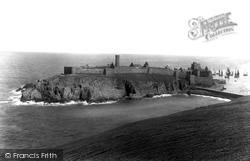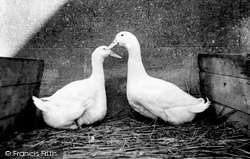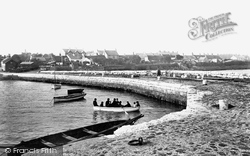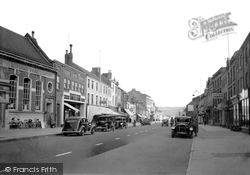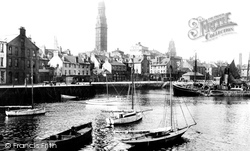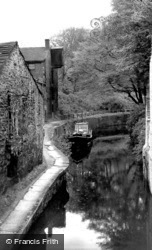Merry Christmas & Happy New Year!
Christmas Deliveries: If you placed an order on or before midday on Friday 19th December for Christmas delivery it was despatched before the Royal Mail or Parcel Force deadline and therefore should be received in time for Christmas. Orders placed after midday on Friday 19th December will be delivered in the New Year.
Please Note: Our offices and factory are now closed until Monday 5th January when we will be pleased to deal with any queries that have arisen during the holiday period.
During the holiday our Gift Cards may still be ordered for any last minute orders and will be sent automatically by email direct to your recipient - see here: Gift Cards
Places
36 places found.
Those places high-lighted have photos. All locations may have maps, books and memories.
- Shanklin, Isle of Wight
- Ventnor, Isle of Wight
- Ryde, Isle of Wight
- Cowes, Isle of Wight
- Sandown, Isle of Wight
- Port of Ness, Western Isles
- London, Greater London
- Cambridge, Cambridgeshire
- Dublin, Republic of Ireland
- Killarney, Republic of Ireland
- Douglas, Isle of Man
- Plymouth, Devon
- Newport, Isle of Wight
- Southwold, Suffolk
- Bristol, Avon
- Lowestoft, Suffolk
- Cromer, Norfolk
- Edinburgh, Lothian
- Maldon, Essex
- Clacton-On-Sea, Essex
- Felixstowe, Suffolk
- Norwich, Norfolk
- Hitchin, Hertfordshire
- Stevenage, Hertfordshire
- Colchester, Essex
- Nottingham, Nottinghamshire
- Bedford, Bedfordshire
- Bury St Edmunds, Suffolk
- Aldeburgh, Suffolk
- St Albans, Hertfordshire
- Hunstanton, Norfolk
- Chelmsford, Essex
- Bishop's Stortford, Hertfordshire
- Peterborough, Cambridgeshire
- Brentwood, Essex
- Glengarriff, Republic of Ireland
Photos
11,145 photos found. Showing results 10,161 to 10,180.
Maps
181,031 maps found.
Books
442 books found. Showing results 12,193 to 12,216.
Memories
29,072 memories found. Showing results 5,081 to 5,090.
This Photo Is A Bit Older Than Estimated
I lived in Stubbington from 1957 (when I was born - home birth in residence behind newsagents on the green) until I was married in 1978. For most of my childhood until 10 yrs old we lived in the Post Office ...Read more
A memory of Stubbington by
Fond Memories Of Godstone
As soon as I was old enough to drive, my Dad taught me, we used to drive down to Godstone from Kenley quite often and we would go to either the Hare & Hounds or the White Hart for a beer, sometimes a meal. In my courting ...Read more
A memory of Godstone by
Pre Fab Kid
Hi. Only just discovered this website so would like to share my memories. Does anyone remember the prefabs in St. Paul's Cray? We were living with my Nan & Grandad in Chislehurst and after the War, my Dad was still away in the ...Read more
A memory of St Paul's Cray by
Little Orphan Boy
i well remember being placed in "greenbank" childrens home any one remember about 1946 and again a bout 1949"ish i can remember ..robert mcneil and bernard also matron malcolm we went to the old school ( gates still ...Read more
A memory of Leven Links by
Mrs Loach
Over the road from the pub was were we used to have to go to mrs loaches .It was a tiny little shop, Could my mum have a quarter of boiled ham.the reply would be no but I've got some nice cheese.or tell your mother ...Read more
A memory of Bradley by
How Things Were
I was born in Dale St off Hume Hall Lane. Our neighbours were the Rushtons and the Alan's. I remember, in the early fifties, the milk man with his horse and cart and also the ice cream horse drawn carriage - it had two large ...Read more
A memory of Miles Platting by
My Golden Years At Stokes Bay
I was born in Gosport in 1929, my father was a long serving seaman in the Royal Navy and so our family life was all things navy - so Stokes Bay was a big part of our lives. I had three elder sisters who were ...Read more
A memory of Stokes Bay by
Visiting My Grandparents In The 1950s
My mothers parents lived at 3 Mill Lane Cottages, Mill Lane, Sindlesham. I would stay with them in my school holidays. My grandad, John Gibbs, worked as a cowman on the owners farm, I think he was called Mr ...Read more
A memory of Sindlesham by
The Coastguards Cottages
I remember the coastguards cotteges at the bottom of Mariner's Road. They were on my way to school. When they were demolished, I was about seven years of age and my friends and i would play in the foundations which ...Read more
A memory of Blundellsands by
Happy Days
My family moved from Tottenham in 1949. There was only 5 children and Mum and Dad at the time. Nice new terraced house in Faringdon Ave - Gooshayes end. I was born in that house in 1954. My younger sisters (twins) were born in Oldchurch ...Read more
A memory of Harold Hill by
Your search returned a large number of results. Please try to refine your search further.
Captions
29,395 captions found. Showing results 12,193 to 12,216.
This is the mill in its derelict state before John Shelmardine presented it to the National Trust, and Dr Cyril Bouchier of UMIST started restoring the mill machinery to working order.
This has all gone, and survives only in the name of a street - Brine Road.
On the right is the Carlton Hotel which was the start of an ambitious project for a crescent over 600 feet long.
Brighton is the biggest and most lively and cosmopolitan of the Sussex resorts. The sea bathing and taking of salt water cures laid the foundations for the town's growth after 1750.
As we look toward West Pier from the west, we see the landward pavilion at the right, then the tower of the Metropole to its left. Nearer the camera are a range of somewhat disparate stucco fronts.
Cartmel Priory survived the reformation of Henry VIII thanks to the simple fact that the villagers had nowhere else to worship.
The façade of the Town Hall is perhaps too busy; but notice that it contains a number of niches.
The Bethesda Baptist Chapel is seen in all its glory on the right.
The Toll House at St Stephens was built in 1761 by the Launceston Turnpike Trust, which had come into being the previous year with the intention of 'widening and keeping in repair several roads leading
This stream, the Lode Pit Beck, flows off the moor into the Aire at Shipley. A former drovers' track took trade over the hills to Ilkley and Otley.
Diveting eastwards up Mill Street, our tour reaches St Cuthbert's Church, which served the east part of the town and was possibly of Anglo-Saxon origin.
This imposing brick building was built in the Gothic style to the design of George Gilbert Scott in 1868. In the distance is St George's church, another Victorian creation.
The parish church of St Peter, with its solid flintstone tower dominating the high street shops and mid-morning traffic in this picture, was originally built by the Normans alongside the spacious
Nine Mile Ride runs east to west from south Easthampstead to south of the Arborfield Garrison, originally cutting through Windsor Forest; it is now developed with long lines of bungalows.
This photograph shows looms and other equipment installed in a workshop at the technical school; it shows the importance of the cloth industry to the town.
It was a quiet village of simple fishermen's cottages until the coming of the railway in 1862.
Evan Evans, a monoglot Welshman, started coal mining here during the latter part of the 19th century.
The main change is that the large tree has been replaced by a pub sign, which now forms the centrepiece of a large round traffic island incorporating an attractive floral feature.
19th-century visitors wishing to get a good view of the town and castle were advised to climb the tower, known as Corrin's folly, on Corrin's Hill (485 ft).
The name of Aylesbury is known to everyone through its distinctive heavy breed of duck, which was developed in the 18th century for the London meat market.
When this picture was taken the fishing industry was no longer important, but according to a local historian of the time it had once provided work for something like 300 people, counting those employed
Next-door, the International Tea Company`s Stores Limited has re-branded itself as the International Stores, and would remain a major grocery chain until the coming of purpose-built supermarkets
Greenock was a beneficiary of the River Clyde's industrial heyday. It is sad that most of the shipbuilding and heavy industry have now gone into decline.
Work on the Leeds & Liverpool began in 1770.
Places (6814)
Photos (11145)
Memories (29072)
Books (442)
Maps (181031)


